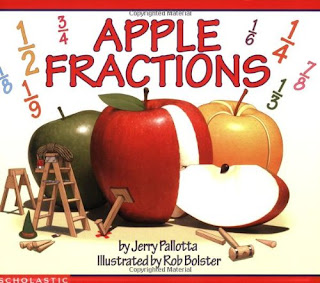
If you sense your child getting frustrated with a particular skill, do not panic but take a break. Learning is developmental, just like riding a bike. If your child is not developmentally ready to ride a bike, you are not going to continue to put him on it day after day. You may wait a few weeks or months and try again. Apply this concept to your teaching.
It is important to realize that most learning occurs in waves. The peaks of learning are referred to as “lightbulb” moments. It is when your child grasps a concept that you have worked on for days, weeks, months, or even years. Some children need a lot of variety and repetition, while others seem to almost teach themselves. Take your time and progress at your child’s own pace. Most importantly, do not rush to keep your child on “grade level.” Children can catch up on years of learning in a matter of months.
For example, I once taught a child in third grade who was reading on a first grade level. He had a “learning spurt" which moved him into the head of the class for reading by the end of the school year.
Sometimes there is not a developmental issue, but you may need to focus on the underlying problem. When your child is struggling with a concept, take a step backwards and analyze the problem. One example of focusing on what is causing the problem in your child’s learning is if your child needs help with handwriting to stop having him practice writing letters sheet after sheet. Let’s go back to the underlying cause, which is more than likely weakened muscles in your child's hand and arm. Counteract this weakness with strengthening your child’s hand and arm muscles. Another example is if your child is struggling with fractions. Go back and review the multiplication and division facts. These facts set the foundation for fractions. One step backwards may lead to two steps forwards!
It is important to realize that most learning occurs in waves. The peaks of learning are referred to as “lightbulb” moments. It is when your child grasps a concept that you have worked on for days, weeks, months, or even years. Some children need a lot of variety and repetition, while others seem to almost teach themselves. Take your time and progress at your child’s own pace. Most importantly, do not rush to keep your child on “grade level.” Children can catch up on years of learning in a matter of months.
For example, I once taught a child in third grade who was reading on a first grade level. He had a “learning spurt" which moved him into the head of the class for reading by the end of the school year.
Sometimes there is not a developmental issue, but you may need to focus on the underlying problem. When your child is struggling with a concept, take a step backwards and analyze the problem. One example of focusing on what is causing the problem in your child’s learning is if your child needs help with handwriting to stop having him practice writing letters sheet after sheet. Let’s go back to the underlying cause, which is more than likely weakened muscles in your child's hand and arm. Counteract this weakness with strengthening your child’s hand and arm muscles. Another example is if your child is struggling with fractions. Go back and review the multiplication and division facts. These facts set the foundation for fractions. One step backwards may lead to two steps forwards!







 For independent readers, keep in your home a wide variety of high-interest reading materials to foster a love of reading, which may include: a Guinness Book of World Records, children’s magazines, newspapers, question and answer books, comic books, joke books, poetry collections, and science books. Include books that build on your child’s interest. For example, provide plenty of books on trains if that is what your child is interested in at the time. Place a small bookshelf or a basket filled with books in a room where your child likes to read. Do not get into the habit of using only schoolbooks, as those can limit your child’s reading expectations. The goal is to get your child to read for pleasure.
For independent readers, keep in your home a wide variety of high-interest reading materials to foster a love of reading, which may include: a Guinness Book of World Records, children’s magazines, newspapers, question and answer books, comic books, joke books, poetry collections, and science books. Include books that build on your child’s interest. For example, provide plenty of books on trains if that is what your child is interested in at the time. Place a small bookshelf or a basket filled with books in a room where your child likes to read. Do not get into the habit of using only schoolbooks, as those can limit your child’s reading expectations. The goal is to get your child to read for pleasure.